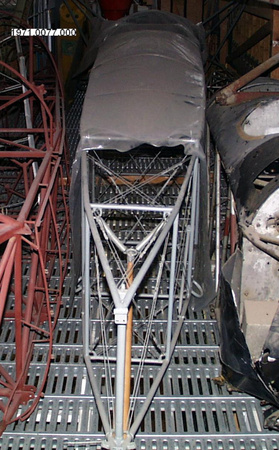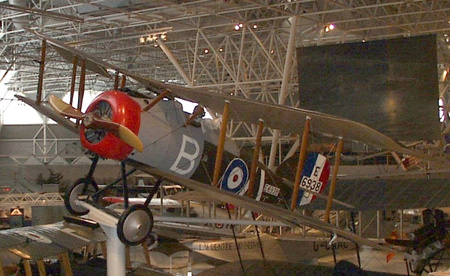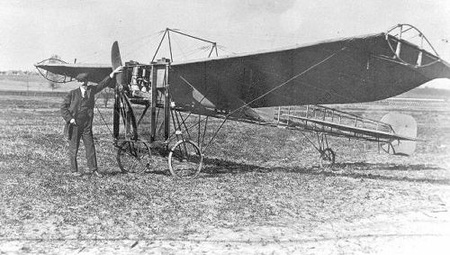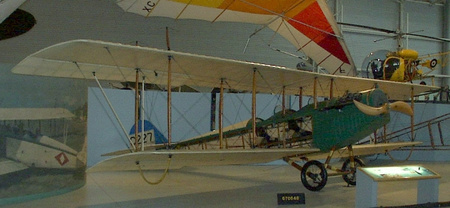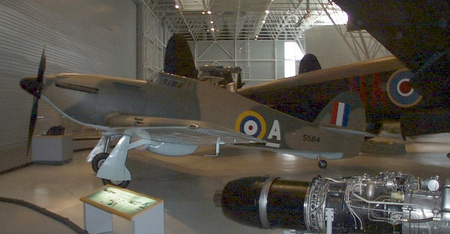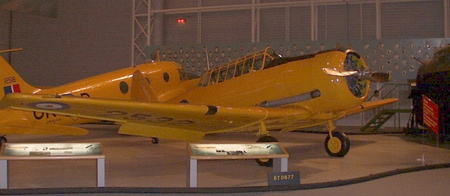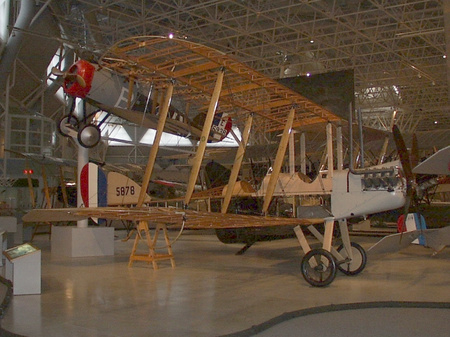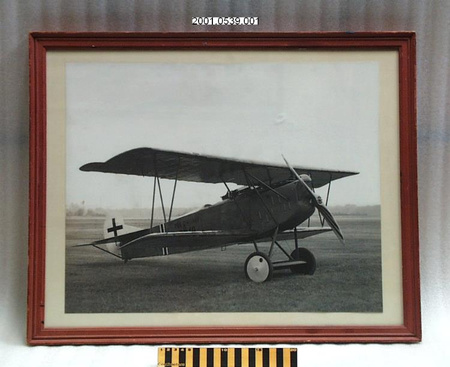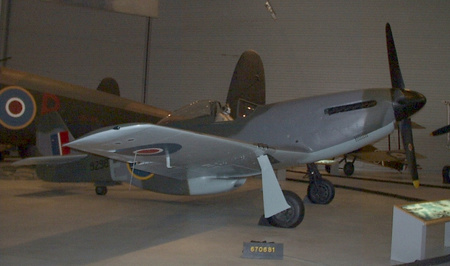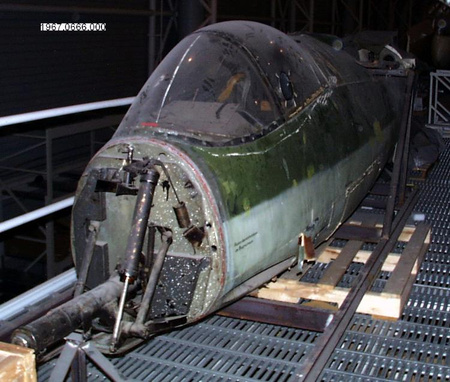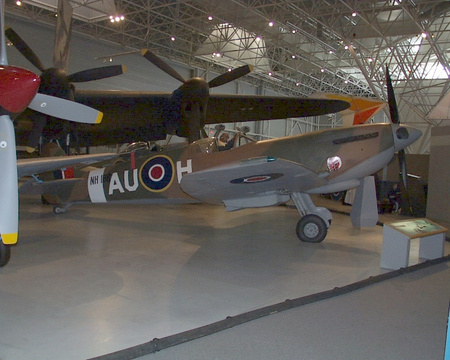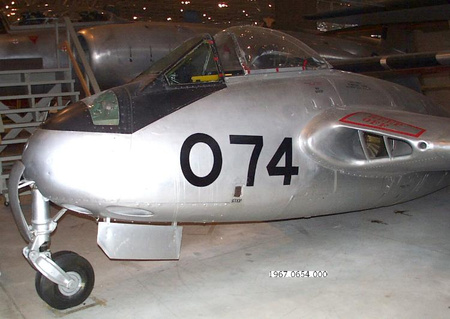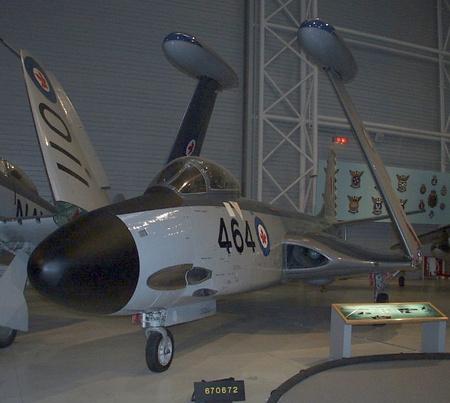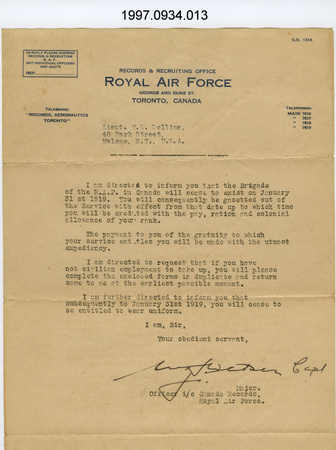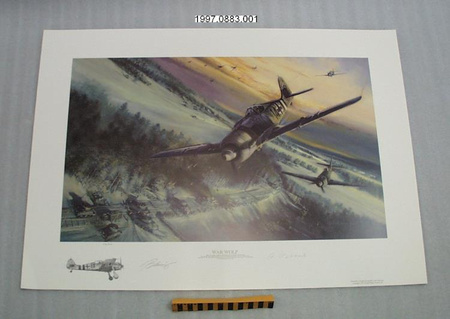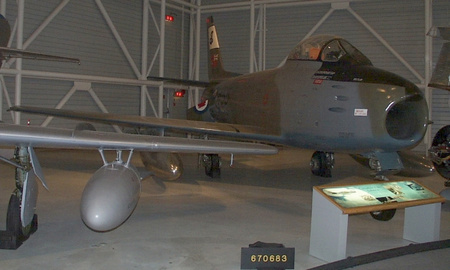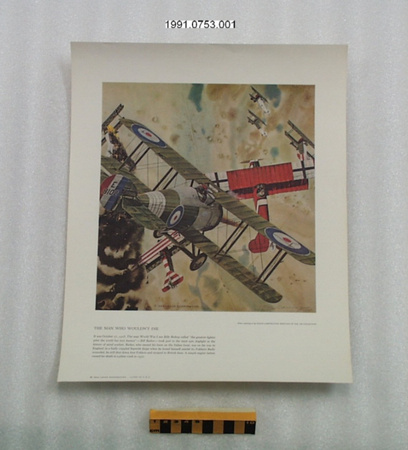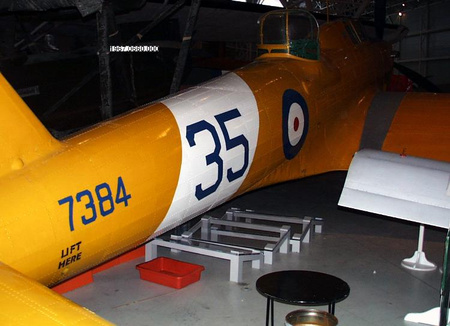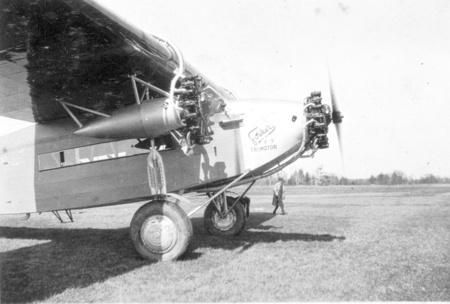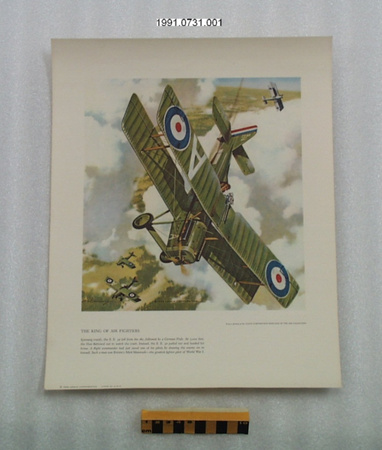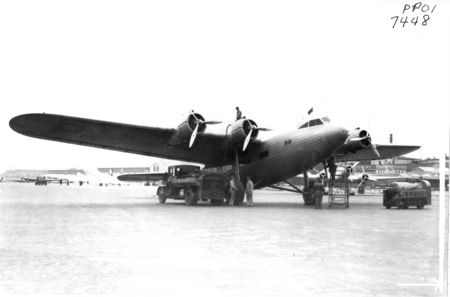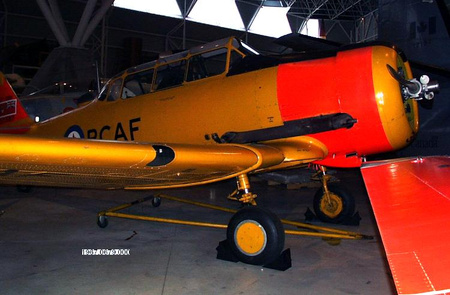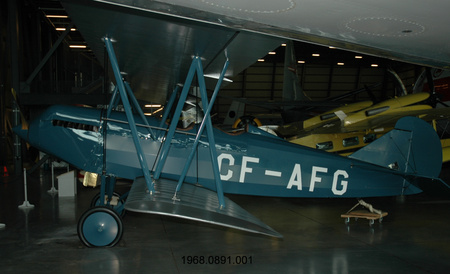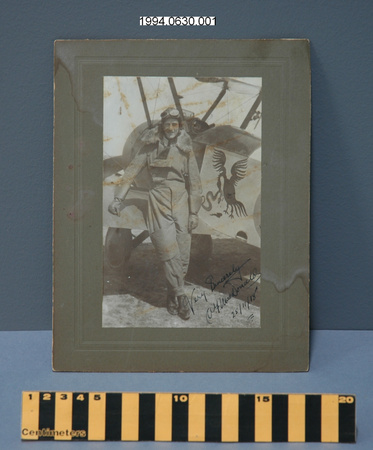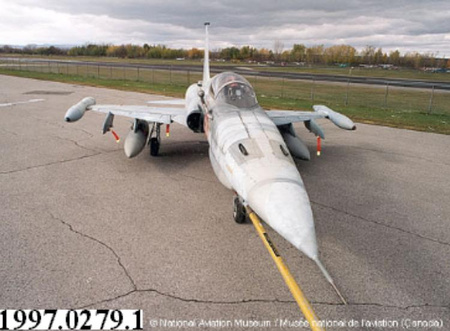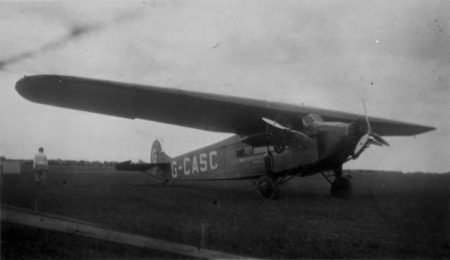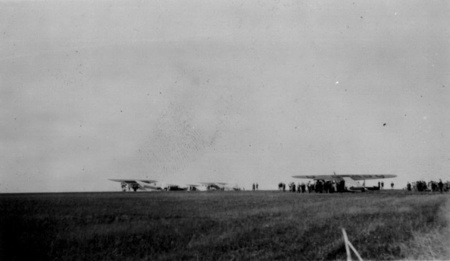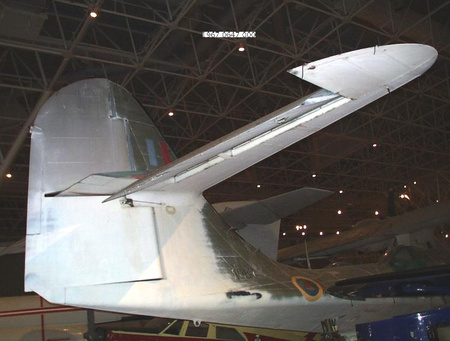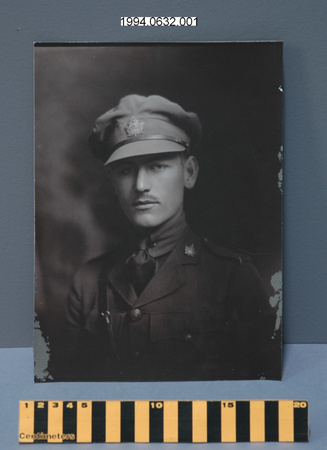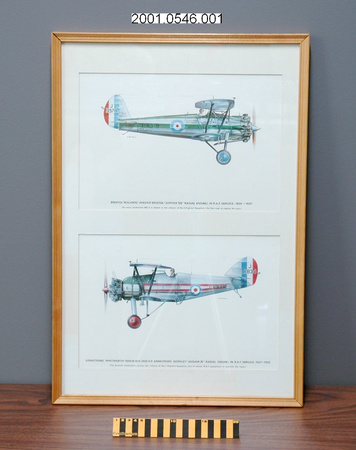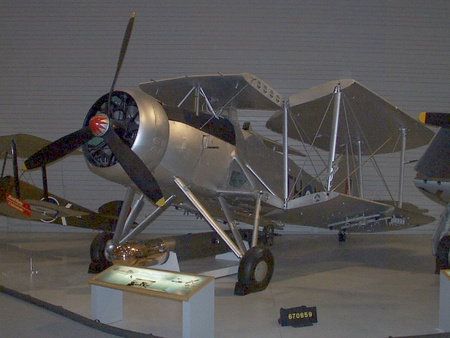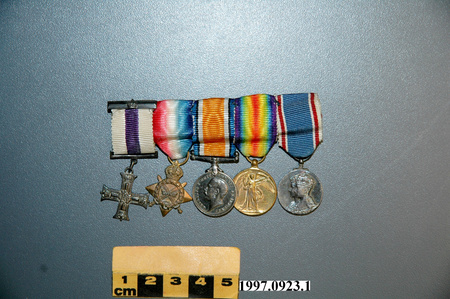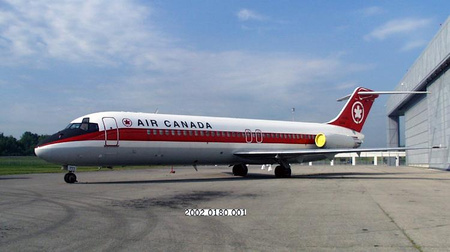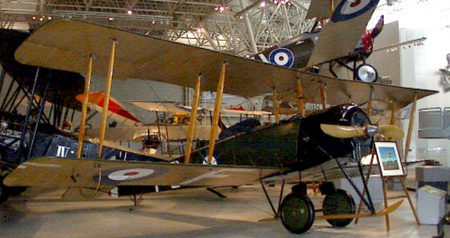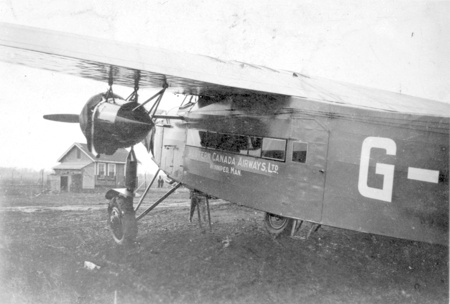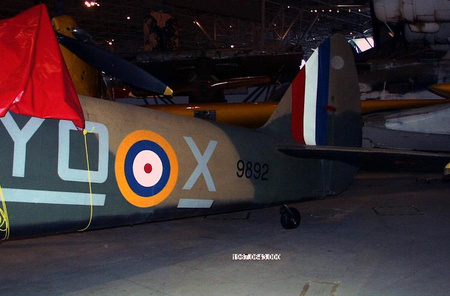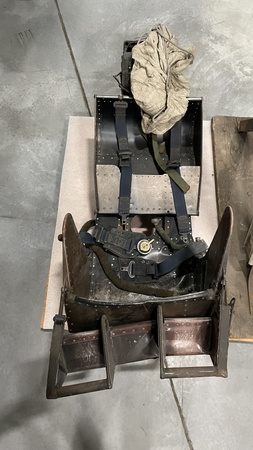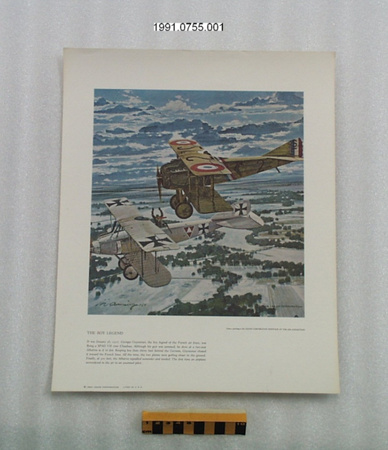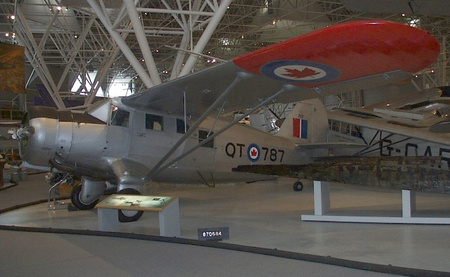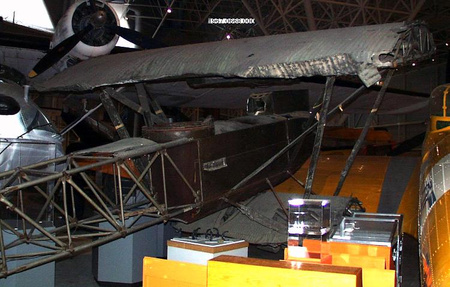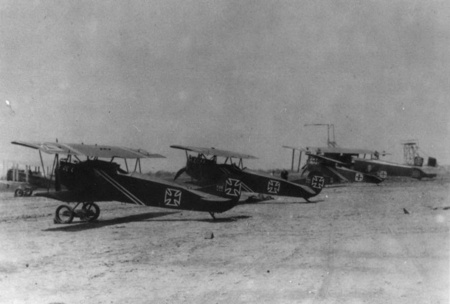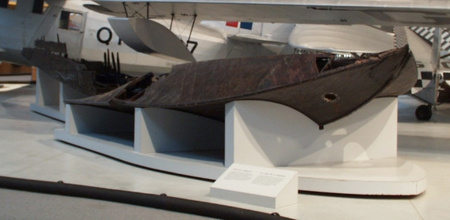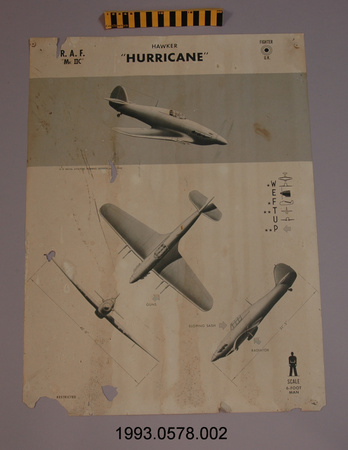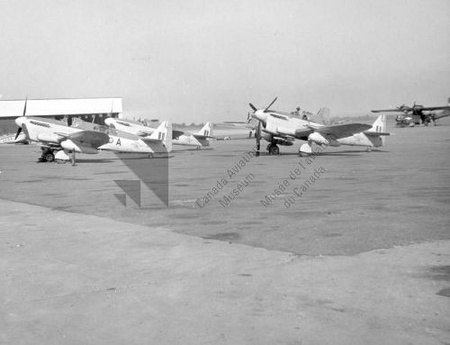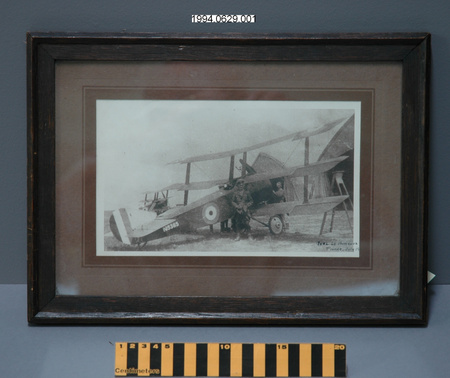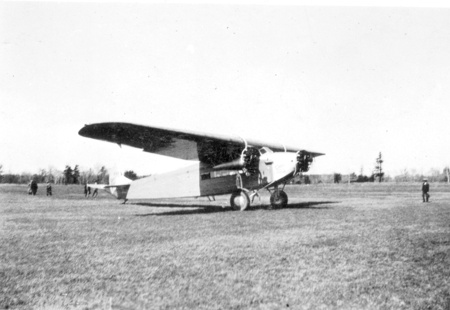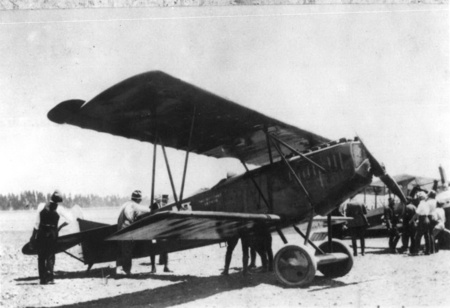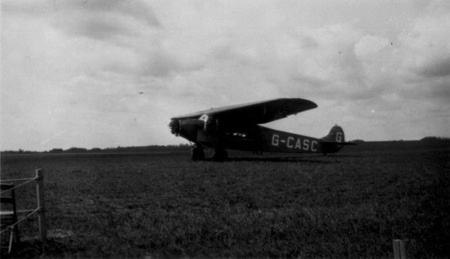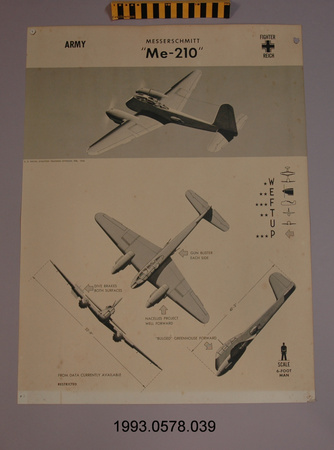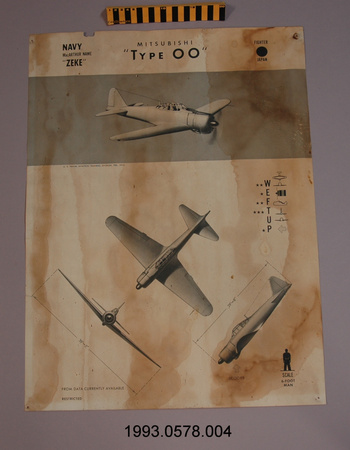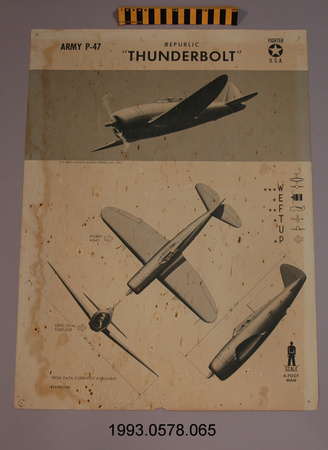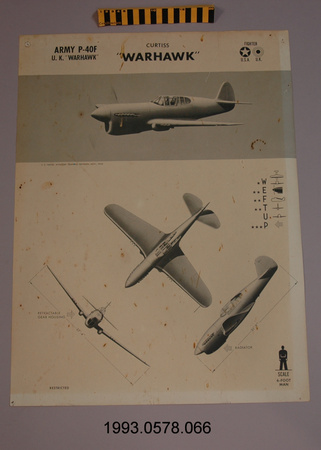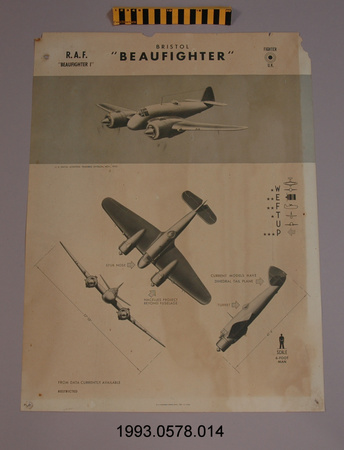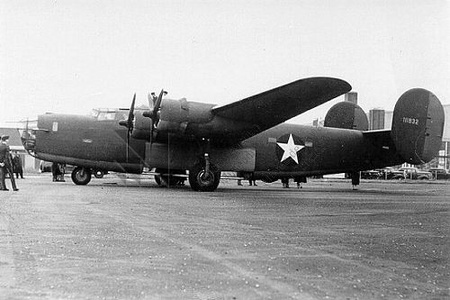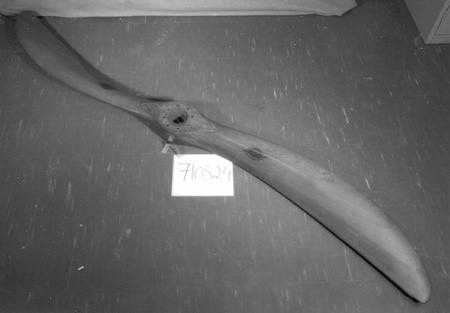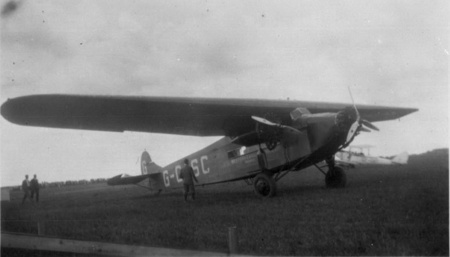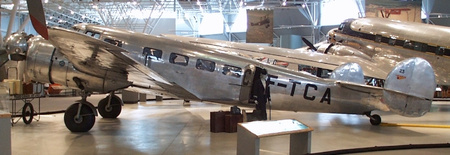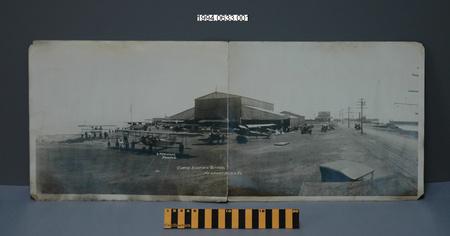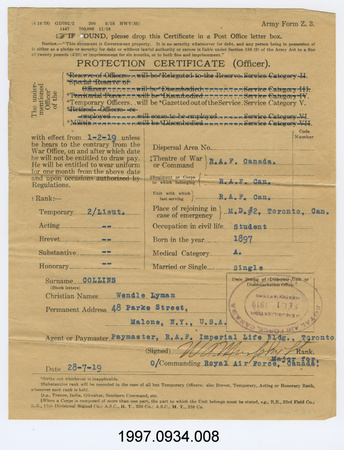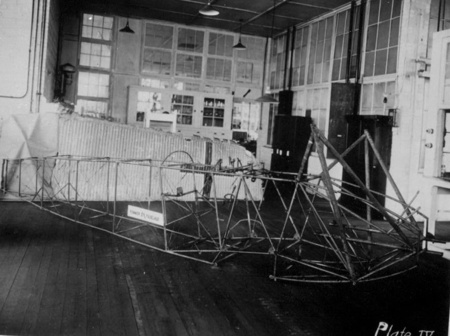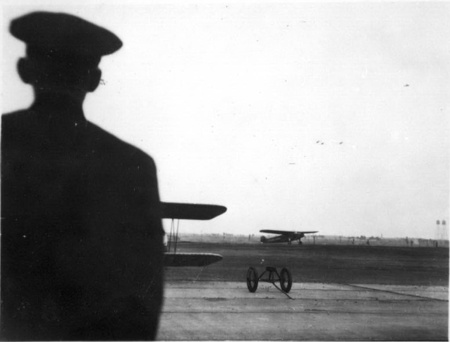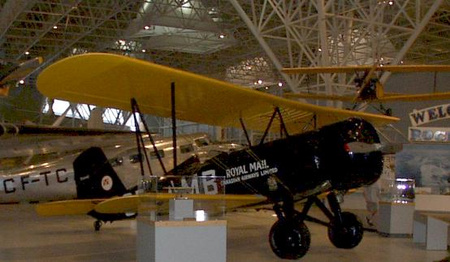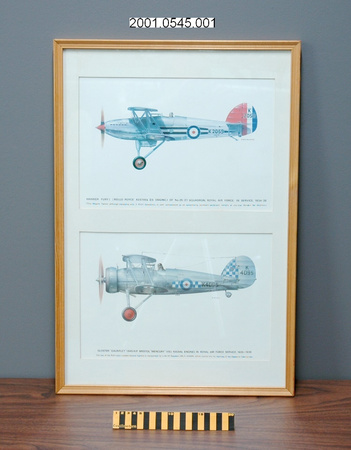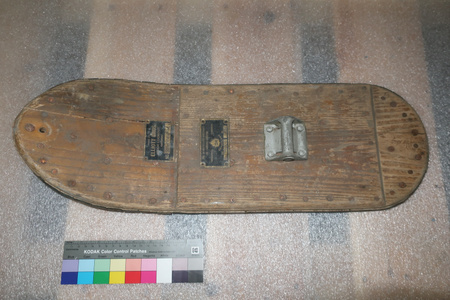Radiateur
Utiliser cette image
Puis-je réutiliser cette image sans autorisation? Oui
Les images sur le portail de la collection d’Ingenium ont la licence Creative Commons suivante :
Copyright Ingenium / CC BY-NC-ND (Attribution-NonCommercial 4.0 International (CC BY-NC 4.0)
ATTRIBUER CETTE IMAGE
Ingenium,
1971.0077.002
Permalien:
Ingenium diffuse cette image sous le cadre de licence Creative Commons et encourage son téléchargement et sa réutilisation à des fins non commerciales. Veuillez mentionner Ingenium et citer le numéro de l’artefact.
TÉLÉCHARGER L’IMAGEACHETER CETTE IMAGE
Cette image peut être utilisée gratuitement pour des fins non commerciales.
Pour un usage commercial, veuillez consulter nos frais de reproduction et communiquer avec nous pour acheter l’image.
- TYPE D’OBJET
- S/O
- DATE
- 1971–1974
- NUMÉRO DE L’ARTEFACT
- 1971.0077.002
- FABRICANT
- Inconnu
- MODÈLE
- Inconnu
- EMPLACEMENT
- Troy, Michigan, United States of America
Plus d’information
Renseignements généraux
- Nº de série
- S/O
- Nº de partie
- 2
- Nombre total de parties
- 3
- Ou
- S/O
- Brevets
- S/O
- Description générale
- Metal (Brass)
Dimensions
Remarque : Cette information reflète la taille générale pour l’entreposage et ne représente pas nécessairement les véritables dimensions de l’objet.
- Longueur
- S/O
- Largeur
- 75,0 cm
- Hauteur
- 67,8 cm
- Épaisseur
- 25,7 cm
- Poids
- S/O
- Diamètre
- S/O
- Volume
- S/O
Lexique
- Groupe
- Aviation
- Catégorie
- Pièces d'aéronef
- Sous-catégorie
- S/O
Fabricant
- Ou
- Inconnu
- Pays
- United States of America
- État/province
- Michigan
- Ville
- Troy
Contexte
- Pays
- Inconnu
- État/province
- Inconnu
- Période
- The aircraft was built by Fokker in 1918 and was one of 142 shipped to the United States for the US Air Service. Later sold for civilian use, it was used in several movies, including Hell's Angels. It was purchased by the Canada Aviation Museum in 1971, and a propeller and engine were donated in 1972 and 1975 respectively.
- Canada
-
Inconnu - Fonction
-
Inconnu - Technique
-
The Fokker D VII was one of First World War's best fighters. After the aircraft won the German fighter competition in January 1918, large construction contracts were awarded to Fokker, and its main competitor, Albatross, was required to manufacture D VIIs under licence. The Fokker D VII rapidly became the premier fighter of the German air force. Well-liked by its pilots and much feared by its opponents, the D VII's famous reputation was built during a remarkably short life from January to November 1918. The D VII was strong and very manoeuvrable, simple to fly for the novice aviator, and had excellent control characteristics at very slow speeds. It could hang on its propeller and shoot upwards while other aircraft would stall and spin away. Unlike many other contemporary aircraft, it remained agile in the thin air near its service ceiling . Singled out for destruction in the Armistice Agreement, D VIIs were smuggled out of Germany into Holland after the war. Anthony Fokker "arranged" that those trains carrying D VIIs would be too long for the sidings at the Dutch border. Inspections would therefore have to be quick in order to unblock the main line. - Notes sur la région
-
Inconnu
Détails
- Marques
- S/O
- Manque
- mounting brackets missing at top & bottom on port side and at top on starboard side
- Fini
- Inconnu
- Décoration
- S/O
FAIRE RÉFÉRENCE À CET OBJET
Si vous souhaitez publier de l’information sur cet objet de collection, veuillez indiquer ce qui suit :
Fabricant inconnu, Radiateur, entre 1971–1974, Numéro de l'artefact 1971.0077, Ingenium - Musées des sciences et de l'innovation du Canada, http://collection.ingenium.ca/fr/id/1971.0077.002/
RÉTROACTION
Envoyer une question ou un commentaire sur cet artefact.
Plus comme ceci
